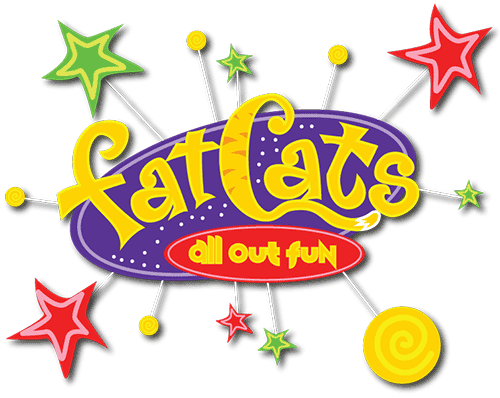Netflix Film School: Check out these silent science fiction classics
Published at | Updated at
EDITOR’s NOTE: You don’t have to peruse Netflix for long to figure out it’s a treasure trove of low-budget B-movies, little-seen independent films and a whole spectrum of documentaries. Among these offerings is a good selection of classic films. This month, we’ll take a look at two massive achievements of silent science fiction film, “A Trip to the Moon” and “Metropolis.” We’ll look at why and how they influenced films and filmmakers that came after them.
A Trip to the Moon
Every movie you see these days seems to include visual effects trickery of one sort or another. If you’re a fun of this kind of mind-blowing imagery, you should thank French filmmaker George Melies. This genius of early cinema employed his experience as a magician to expand the scope of his films and show audiences sights they had never seen before. Watch this clip to learn more about Melies’ life and work:
Melies’ magnum opus is the 1902 classic “A Trip to the Moon.” It portrays a group of explorers who ride inside a giant cannon shell to the moon. They explore the lunar surface and have an unpleasant run-in with moon people. The explorers flee, returning to Earth to be hailed as heroes.
In ”A Trip to the Moon” you can see Melies at the top of his game. The film takes advantage of every trick in Melies’s repertoire. From painted artificial backdrops to editing tricks like stop edits and double exposures, Melies ran wild with his technique.
For example, look at how Melies used stop edits. He set off an explosion in front of an actor, stopped the camera, removed the actor from the frame and restarted the camera to give the effect of someone going up in a puff of smoke. This video illustrates how Melies used stop edits and other tricks to wow the pants off moviegoers:
Melies’ work on “A Trip to the Moon” can be considered the Big Bang of science fiction cinema. It introduced the concepts of interplanetary travel and alien encounters to filmgoers. More than that, it served as a template for future filmmakers using visual effects in their own movies. If you wipe “A Trip to the Moon” out of film history, you also lose “Star Wars,” “2001: A Space Odyssey” and virtually every other science fiction masterpiece ever created. “A Trip to the Moon” made an impact that is still reverberating today.
Metropolis
Fritz Lang’s “Metropolis” is one of those films that would cease to be without Geogre Melies’ work. This film takes visual ideas and effects first presented in “A Trip to the Moon” and blows them out into hyperspace. The story is much more complex than Melies’ little movie, and the scope is far grander. By expanding both the visual scope and storytelling depth, “Metropolis” wound up becoming a silent science fiction classic all its own.

“Metropolis” presents a class struggle in year 2026. While the poor toil away their lives running vast machines deep beneath the surface of the earth, the rich party like tomorrow is the end of the world in the beautiful upper levels of the city.
If you’ve seen the sweeping cityscapes of “Blade Runner” or the anthropomorphic robots in “Star Wars,” you’ve seen the influence of “Metropolis.” Any movie that features a science lab full of buzzing, sparking gizmos has likewise borrowed from this film. The grim drudgery-fill depths the workers inhabit have shown up time and again, from movies like “Snowpiercer” to the real world of “The Matrix.”
”Metropolis” also boasted themes that would become regular fodder for future sci-fi and fantasy films. We see the ugliness of both those in power and those without power. This ugliness has been regularly recalled for films from “THX 1138” to “Ex Machina”. And how many dystopian films have come out recently where the wealthy are exploiting and mistreating the poor? “Hunger Games”? “Divergent”? Those are just a drop in the bucket.
“A Trip to the Moon” and “Metropolis” stand as massive achievements in cinematic history and have influenced hundreds of films that have followed. If you’re interested in the roots of today’s cinema, take some time to Netflix them. You’ll be amazed by what these filmmakers accomplished with primitive filmmaking tools and their imaginations.
Thanks to Fat Cats in Rexburg for providing screenings for movie reviews on EastIdahoNews.com.





